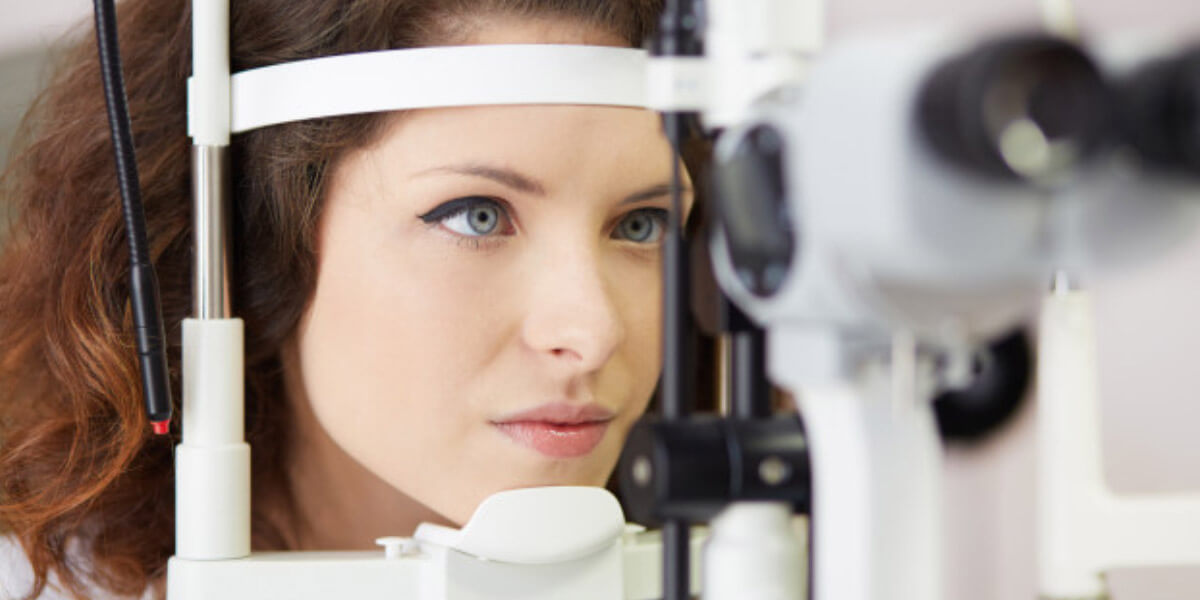Medical director: Doc. Paolo Missiroli
Ophthalmology is the branch of medicine that deals with prevention, diagnosis and both medical and surgical therapy of diseases of the visual apparatus, therefore of the eye and its appendages, the correction of visual defects (refractive errors or ametropias) and of related visual pathologies.
It is one of the oldest medical and surgical disciplines, and is practiced by the ophthalmologist.
At Quisisana, an accredited private hospital, it is possible to undergo an eye examination in Ferrara.
A comprehensive ophthalmic examination involves several steps:
It is possible to book an eye examination in Ferrara online, using the form available on the quisisanaafe.com website. All you need to do is indicate your sensitive data, your treating doctor and a preference for the ophthalmologists present at the facility. Once this is done, the secretariat of the Quisisana Accredited Private Hospital will contact you shortly.
Quisisana provides the service of Ophthalmology as a paid service, book your visit now, or contact us for more informations.
Macular degeneration is mainly related to age or diabetic pathology. It involves a decrease in visual capacity due to an impairment of the central region of the retina, the macula. Patients experience difficulties especially in reading and writing. There may also be other causes of retinal pathology: retinal rupture, retinal vein occlusions, post-surgery retinal detachment, microaneurysms. In most cases, laser treatment benefits the patient.
Laser photocoagulation uses a light that carries a certain amount of energy that is directed to a specific place in the eye. There are different types of lasers, used on an outpatient basis, and an in situ preparation of the indicated eye using eye drops is necessary. The duration of the treatment is approximately 15-20 minutes. During the procedure, a glow may be felt that lasts for the duration of the procedure. The treatment is normally not very painful. It may cause a vagal reaction and justify taking medication. After the treatment, dizziness, blurred vision and headaches may be experienced for a few hours. Post-procedure follow-up will be determined by the referring ophthalmologist.
Laser treatment does not radically eliminate retinal disease and does not always stop the progression of the disease and reduce its complications.
Glaucoma is a disease characterised by progressive and irreversible damage to the optic nerve, the nerve that connects the eye to the brain. The patient suffers a progressive loss of vision from the outside towards the centre of focus.
There are different types of glaucoma: primary or secondary, distinguished according to their anatomy. For treatment, it is necessary to follow medical therapy that can be combined with laser treatment, which aims to reduce intraocular pressure by favouring the escape of aqueous humour from the eye, thus reducing ocular tone and slowing down the progression of the disease. Laser photocoagulation uses a light that carries a certain amount of energy that is directed to a specific place in the eye. There are different types of lasers, used on an outpatient basis, and an in situ preparation of the indicated eye using eye drops is necessary. The duration of the treatment is about 10-15 minutes. The treatment is normally not very painful. It may cause a vagal reaction and justify taking medication. Post-procedure follow-up will be determined by the referring ophthalmologist.
The treatment only reduces the intraocular pressure, it does not affect the visual capacity, optic nerve and perimetric alterations.
Quisisana joins the RE.WIND project, dedicated to the recovery and reuse of Polyethylene film (LD-PE), used in laundry and garment management.
This site is protected by Google reCAPTCHA v3, Privacy Policy and Terms of Service of Google .
We and selected third parties use cookies or similar technologies for technical purposes and, with your consent,
also for other purposes as specified in the .
If you close this banner with a tick or click on "Decline", only technical cookies will be used. If you want to select the
cookies to be installed, click on 'Customise'. If you prefer, you can consent to the use of all cookies, including
cookies other than technical cookies, by clicking on "Accept all". You can change your choice at any time.
